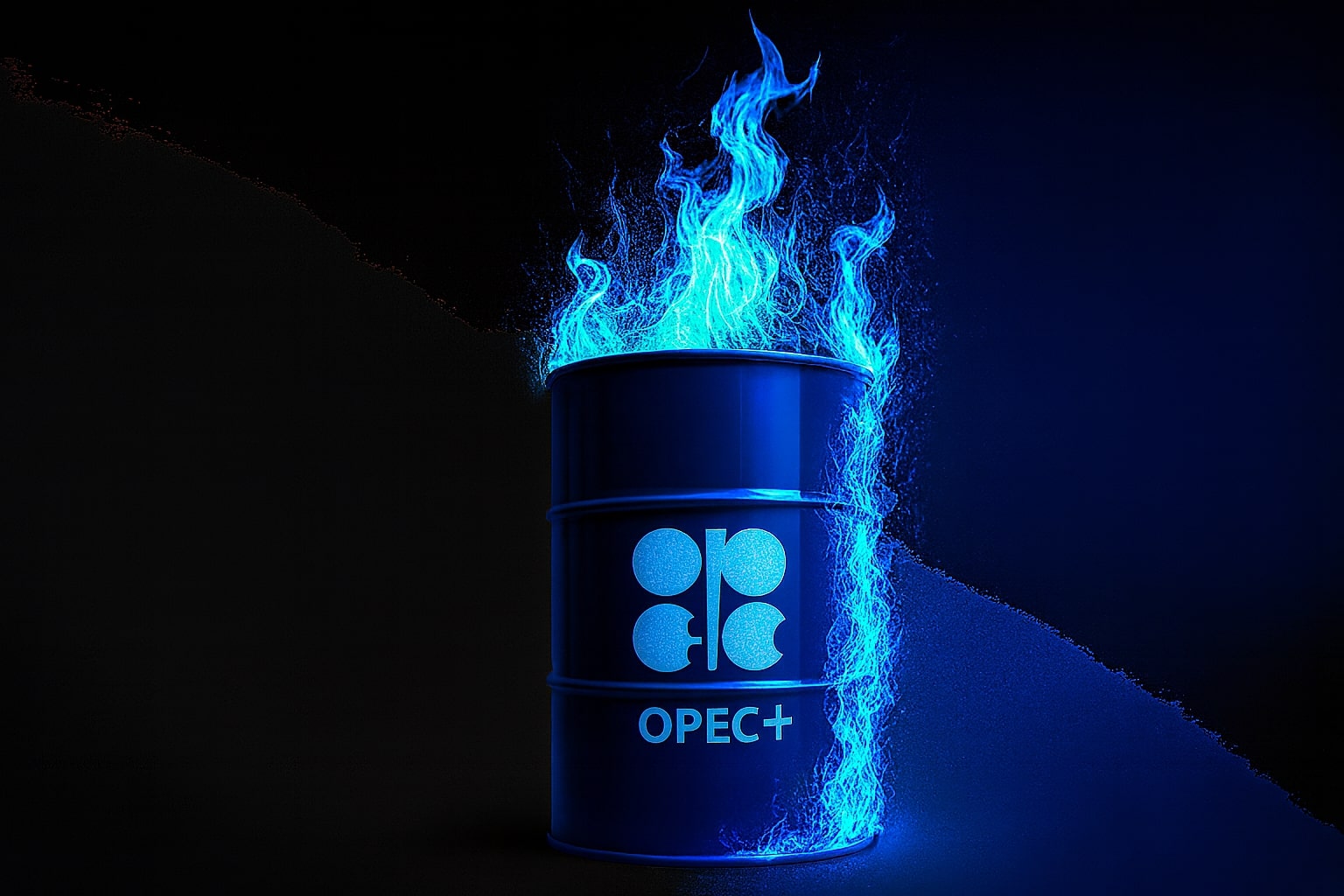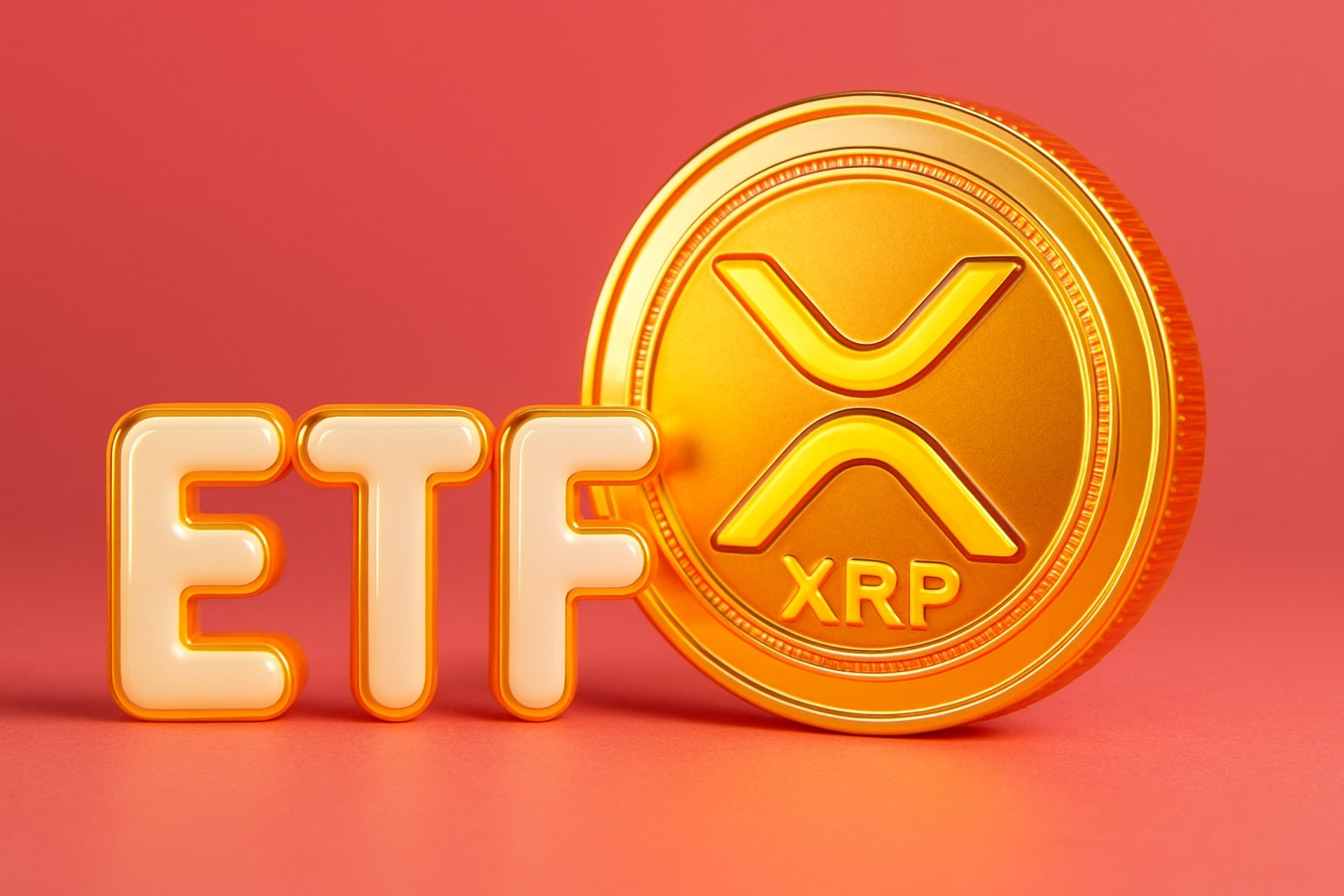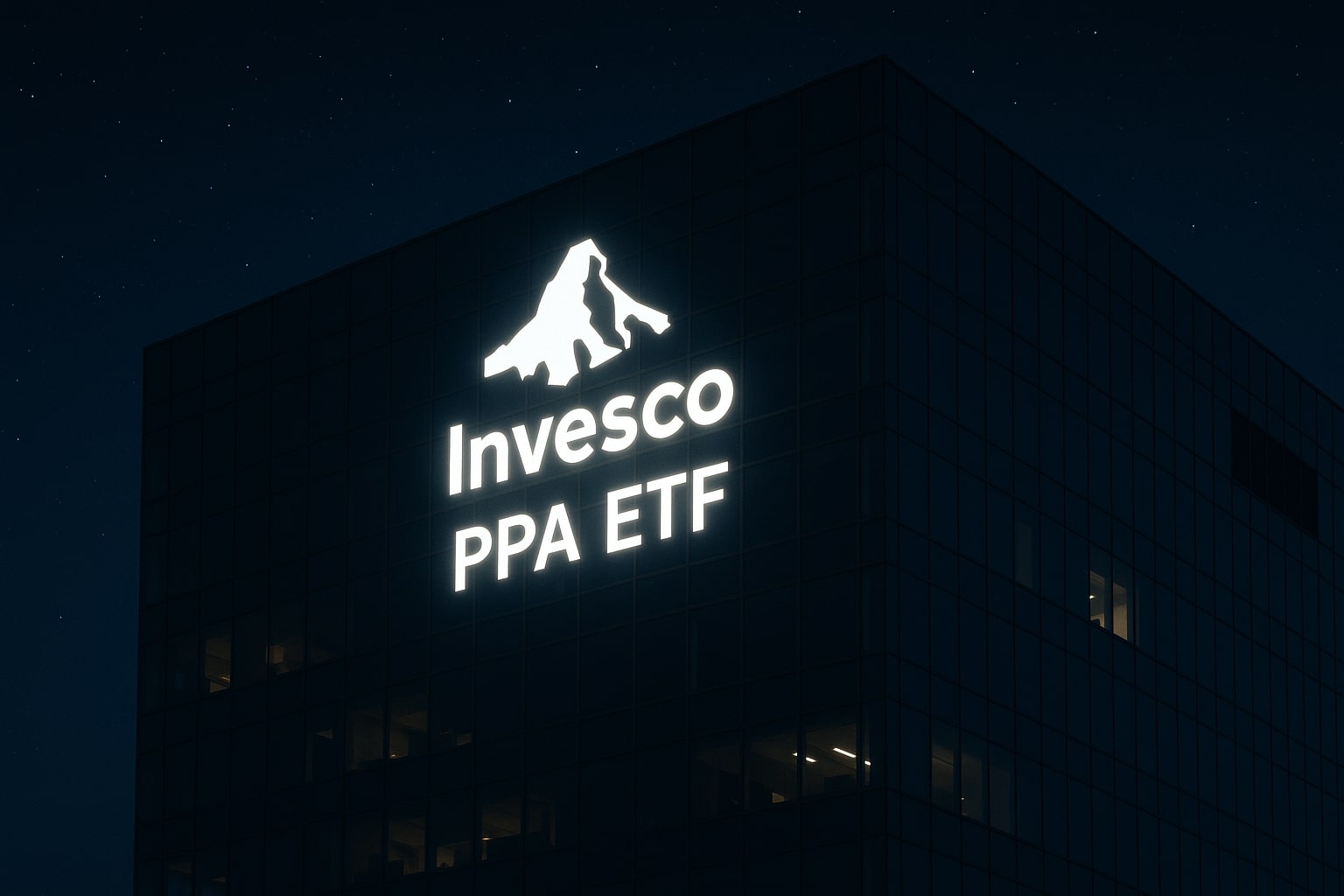
Natural Gas Price Forecast – NG=F at $2.92 Faces Bearish Pressure Under $3.00
Oversupply, weak demand, and storage strength weigh on NG=F as traders watch $2.83–$2.65 support levels | That's TradingNEWS
Natural Gas Price Forecast: NG=F Struggles at $3.00 as Bearish Pressure Builds
The Natural Gas (NG=F) market opened September trading under pressure, failing to hold early gains above the $3.00 threshold and slipping back toward $2.90. Monday’s holiday session in the U.S. exposed how thin volumes magnified volatility, with prices briefly spiking to $3.06 before reversing sharply lower. That reversal pattern has now confirmed a closing price reversal top, signaling that near-term momentum has turned bearish. The market’s inability to sustain moves above $3 reflects both weak institutional conviction and an oversupply narrative that continues to weigh on sentiment.
Technical Breakdown and Support Levels in Focus
Natural gas futures are trading within a tight band, with resistance forming near $3.17 and immediate support at $2.88–$2.83. The $3.09 50-day EMA adds further overhead pressure, reinforcing the ceiling that capped Monday’s move. Stochastic indicators now show overbought conditions easing, suggesting that negative momentum could accelerate toward $2.85 and potentially down to $2.65 if support levels crack. The $2.50 zone, which acted as a floor earlier in the summer, remains the key level where buyers are likely to step back in. As of Monday’s close, the market settled at $2.92, down 0.75% on the day, highlighting a decisive rejection of the $3.00 mark.
Oversupply Concerns and Seasonal Weakness
Fundamentals continue to lean against bulls. U.S. weather has been moderate, reducing electricity demand tied to air conditioning, while domestic production remains strong. Inventories remain well supplied heading into autumn, creating limited urgency for buyers. Without the support of extreme temperatures or sudden supply disruptions, the oversupply theme dominates. Traders are already shifting their focus toward the coming winter heating season, but until colder weather materializes, the bearish tone persists. Analysts suggest that only a sharp draw in storage data or early winter demand could lift NG=F materially above $3.10 in the short term.
European Gas Dynamics and LNG Flows
In Europe, benchmark natural gas prices at the Dutch TTF hub steadied near €31.9 per MWh after four consecutive sessions of declines. Demand in northwestern Europe topped 100 gigawatt hours per day as softer wind generation cut renewable output, boosting gas burn. LNG imports into Europe are more than 50% higher year-to-date, with storage sites now 77% full and on pace to meet the EU’s 80% target by early November. However, uncertainty looms over Russian Arctic LNG 2 shipments, as potential U.S. objections could tighten supply. While European fundamentals look stable, the global LNG trade adds volatility that directly impacts U.S. natural gas pricing.
Macro Conditions and Dollar Correlation
The broader commodity complex has also been pressured by currency dynamics. A weaker U.S. dollar usually provides relief for dollar-denominated commodities, but natural gas has struggled to capitalize, reflecting its own supply-heavy fundamentals. Traders note that the dollar index’s slide toward 97.70 offered little support for NG=F compared with oil and metals, where demand-side speculation is stronger. For gas, the heavy domestic production levels and muted near-term demand keep it trading more on storage and weather than macro liquidity shifts.
Regional Economics and Low Gas Price Advantage
Cheap natural gas is having ripple effects in the U.S. economy. Louisiana, for example, is attracting new industrial investment, including fertilizer production, thanks to $3.00/MMBtu feedstock costs that undercut European competition. Meta’s $10 billion AI data center project in Richland Parish is expected to drive local job growth, while low natural gas prices keep U.S. petrochemical and ammonia plants globally competitive. This underscores the broader economic advantage of subdued NG=F pricing, even as traders lament its weak price performance.
Valuation, Positioning, and Short-Term Outlook
Natural gas futures remain volatile, with volume spikes near $2.80 suggesting key positioning zones for both bulls and bears. Institutional liquidations have reduced speculative length, leaving more room for short covering rallies but also signaling caution. Traders are watching whether the $2.88–$2.83 retracement zone holds as a higher bottom; a defense of this level could launch NG=F back toward $3.06 and even $3.23. Failure to hold support, however, reopens the path to $2.70 and $2.65, erasing August’s gains. Market sentiment remains skeptical, and analysts warn that without an early seasonal demand catalyst, the bearish narrative will persist through September.
Decision: Bearish Bias Holds for NG=F
With NG=F trading at $2.92 and repeatedly failing to sustain rallies above $3.00, the technical and fundamental setup leans bearish. Oversupply, weak demand, and thin trading conditions reinforce downside risks toward $2.65, with the possibility of testing $2.50 if momentum accelerates. While longer-term dynamics tied to winter heating could eventually flip sentiment, in the current context natural gas remains a Sell until it establishes a stronger base above $2.90 with volume support.
That's TradingNEWS
Read More
-
PPA ETF at $154: Can This Defense ETF Keep Beating ITA and SPY?
14.12.2025 · TradingNEWS ArchiveStocks
-
XRP ETFs XRPI and XRPR Pull In $975M While XRP-USD Fights To Hold $2
14.12.2025 · TradingNEWS ArchiveCrypto
-
Natural Gas Price Forecast: NG=F Hits $4.11 As Warm Winter Outlook Puts $3.913 Support At Risk
14.12.2025 · TradingNEWS ArchiveCommodities
-
USD/JPY Price Forecast - Dollar to Yen Can BoJ’s 0.75% Shock Break The 155–158 Range?
14.12.2025 · TradingNEWS ArchiveForex



















